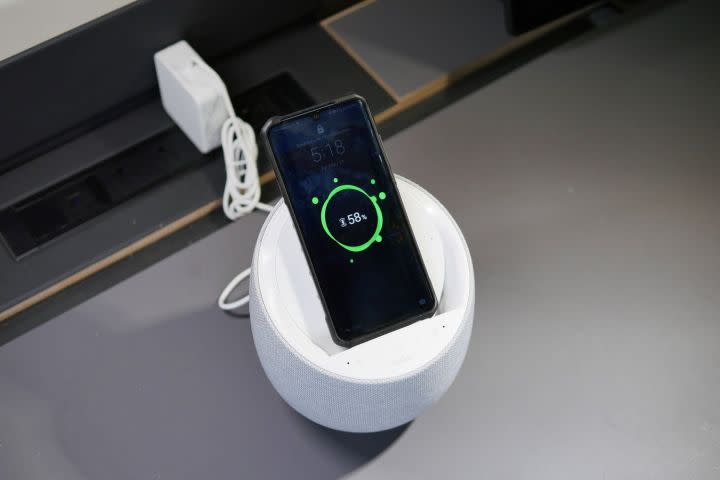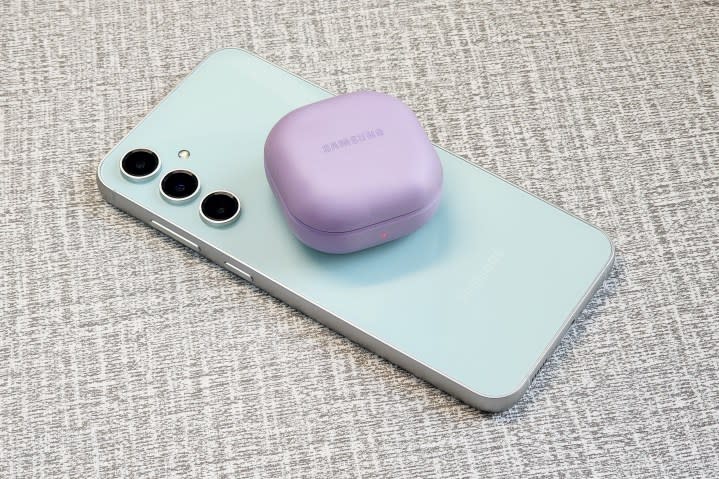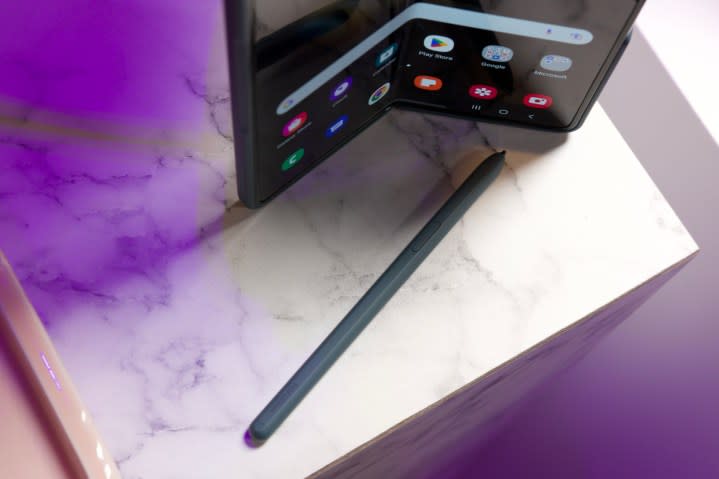Android 15 might add a new way to charge your gadgets

Wireless charging has been a fringe feature for over a decade, despite Apple’s push into the ecosystem with the iPhone X and its later adoption of MagSafe. It has been limited to flagship phones, save for a few exceptions, mostly due to the painfully slow charging speeds. But with Android 15, Google now seems to offer phone makers additional reasons to adopt wireless charging even without dedicated hardware.
Instead of relying on a dedicated charging coil, Android 15 could enable wireless charging on phones with Near Field Communications (or NFC) tech. Android Authority dug up instances from the source code of Android 15’s first user beta, which arrived last week, that suggests the implementation.
Not new, but definitely noteworthy

Notably, the Wireless Charging Standard over NFC (abbreviated as WLC) isn’t a novel technology developed by Google. It was announced in May 2020 by the NFC Forum, the industry body that defines and maintains standards for the protocol, and has since undergone a generation upgrade to the standard.
Compared to a wireless charging pad, an NFC tag requires much less space and remains readable despite bending or some tampering. The technology is already used to transmit energy to low-power devices such as styluses and has been customized to charge wearables such as the screenless Whoop fitness band. The technology also allows charging without enforcing specific orientations across a charging pad.
Limitations that make it less appealing

While the principle is exciting and inclusive for Android devices across a broader price range, it has its limitations. As per the WLC 2.0 standard, the charging speeds are limited to a maximum of 3 watts, compared to the 15W peak charging rate of Qi 2.0-compliant devices, including most phones.
For these reasons, Google may not implement the technology to charge phones. However, it could be perfect for smaller gadgets like earbud cases or smart tags. A more far-fetched guess would have Google using this technology to charge a stylus that is either docked inside or supported by its next-generation foldable — the purported “Pixel 9 Pro Fold.”
It is also entirely possible that Google is simply adding code for future versions of Android and may not implement the feature for Android 15 or even Android 16. We will know better in the coming months and continue to hope wireless charging gets its due adoption.

